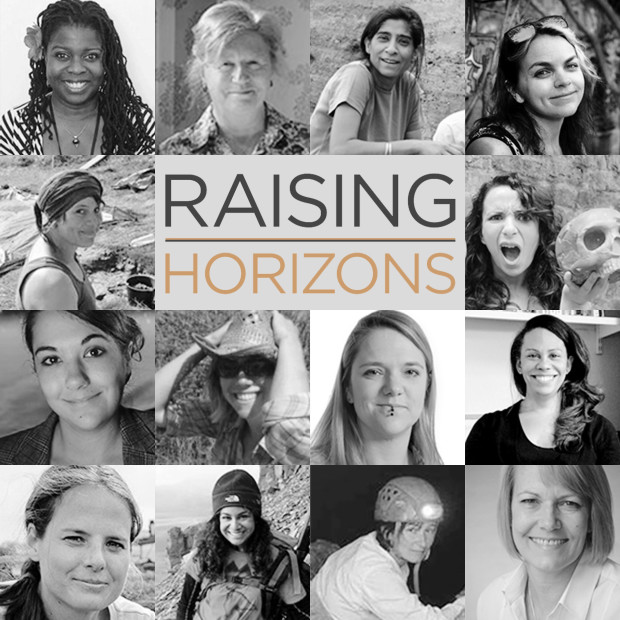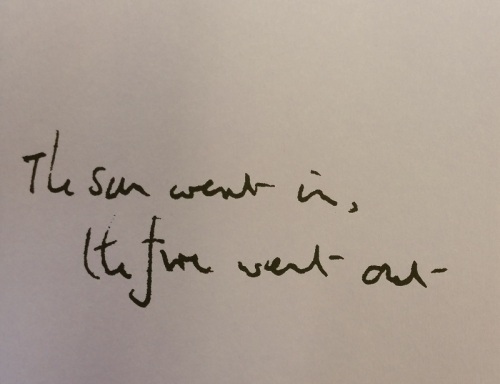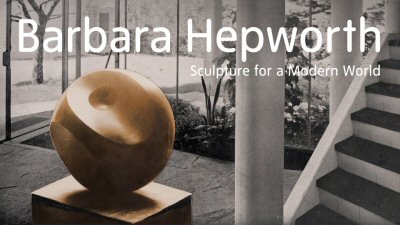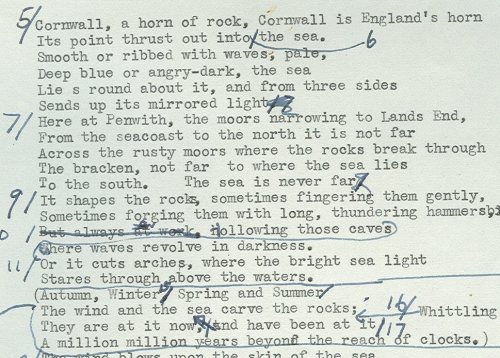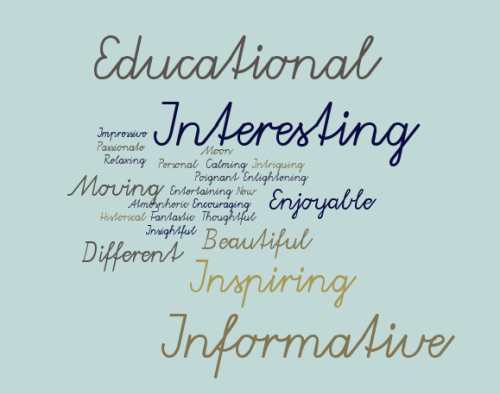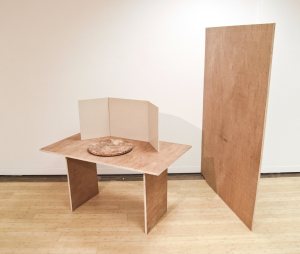Why do Earth’s continents fit together so neatly? Were they once joined together? If so, why did they move apart? Are they still moving and if so, how? The theory of plate tectonics, developed during the 1960s, elegantly answers these puzzling questions. The continents are on plates which move thanks to convection, grind against each other and move as new rocks rise up through the ocean ridges and push the plates apart. We now see that Earth’s geology is a dynamic, living system, with renewal centred on the sea bed.

When Jacquetta Hawkes wrote A Land, this theory hadn’t yet taken shape. Geological change in her worldview was overwhelmingly vertical: land rose through volcanic activity and was then worn down, endlessly.
” … the limestones and sandstones, the chalk and clay that make so great a part of the landscape of Britain. It makes my flesh weary to recall this seemingly endless levelling down. In fact it is not endless. So long as the hard skin on which we live rests on a morass of molten magma, there must come a moment when it will weaken and ruck up, and as the energy long curbed below is freed, the sedimentary rocks that have been laid so quietly on the sea floor may be thrust up ruggedly into the air.”

Tim Radford cites this striking passage in a chapter on plate tectonics in his new Guardian short, Science that changed the world. For him, Jacquetta’s book, along with The Sea Around Us, by Rachel Carson, illustrates the 1950s view of the workings of Earth:
“For [Carson], and for Hawkes, the ocean floor was the basement, the foundation, the oldest part of the planet. It was pretty difficult to imagine how a continent could migrate across it. The seeming snugness of fit of the Brazilian bump and the west African concavity was just as likely to be a co-incidence: just one of those puzzling things in a perpetually puzzling world. There were, indeed, as both writers seem casually to concede, schools of thought that contended that continents could move. It was just that nobody could imagine how the continents could have moved, and then propose an empirical way of proving that they did”.
Photo credit: Globes in the National Geographic shop, Regent Street, 2008. Ricardo’s flickr stream, CC BY 2.0.

